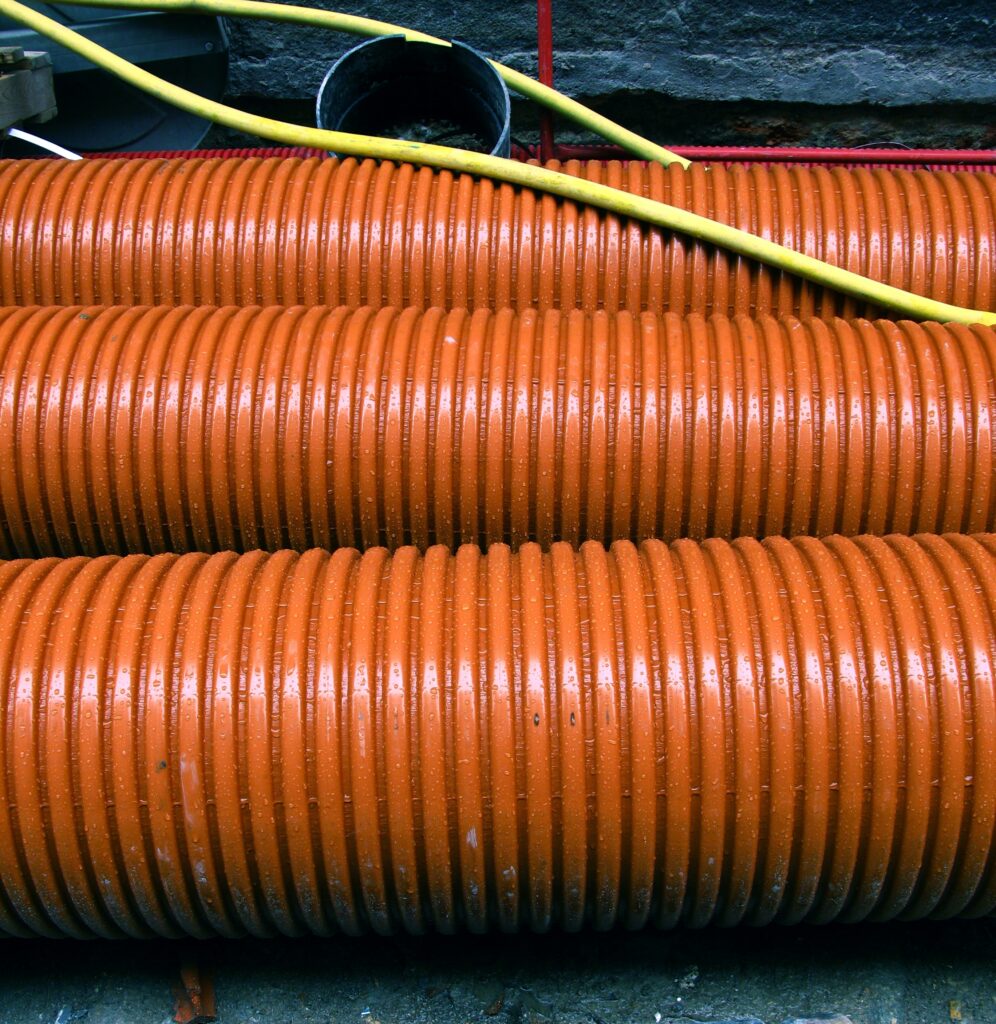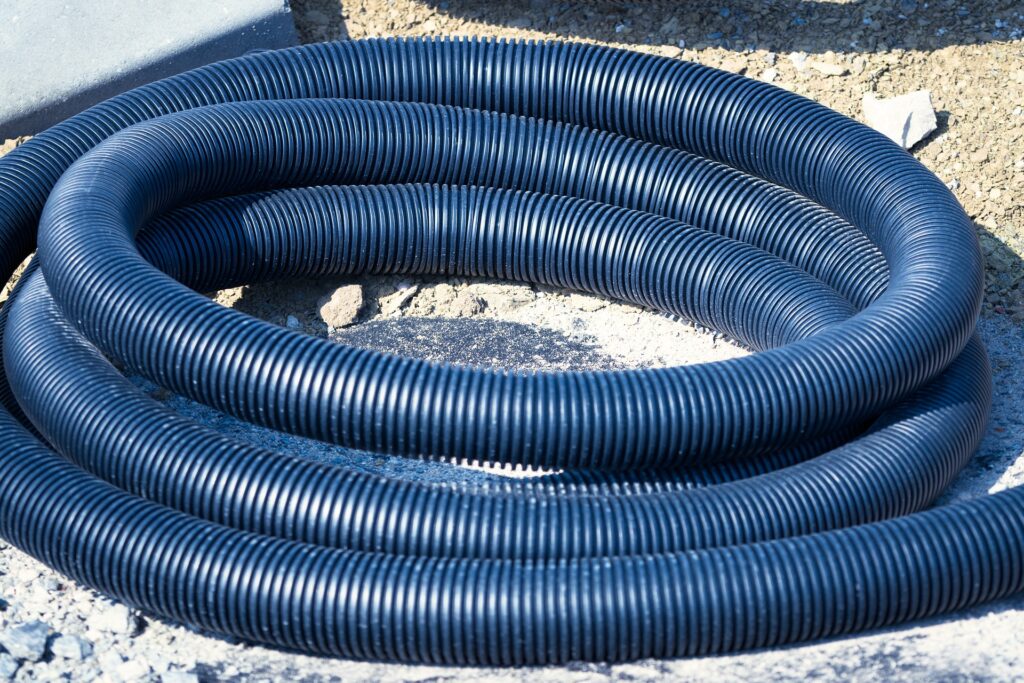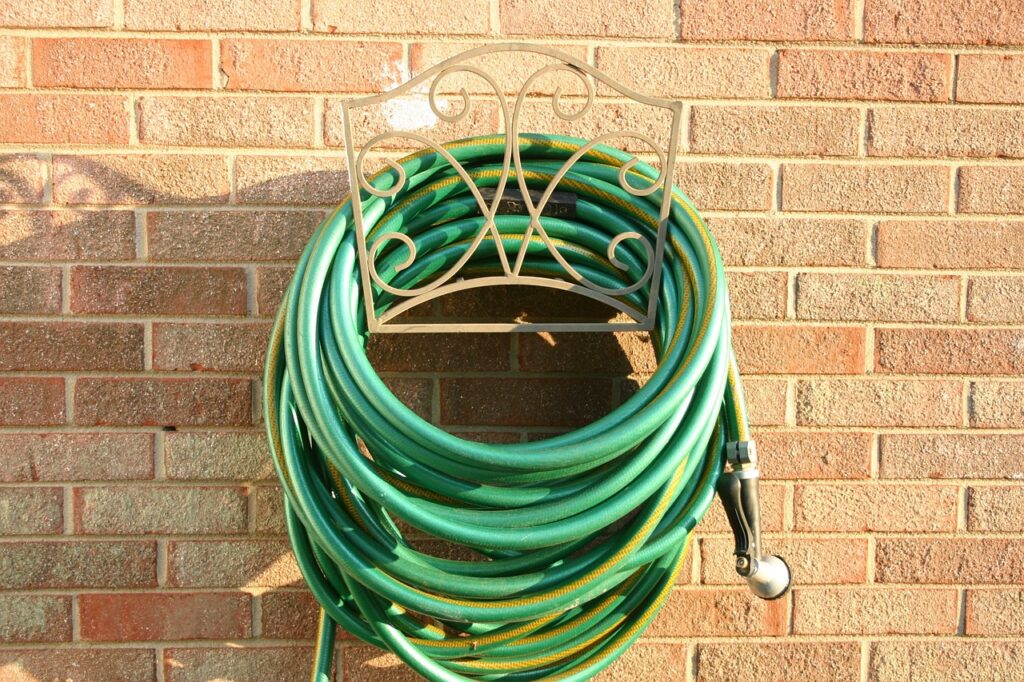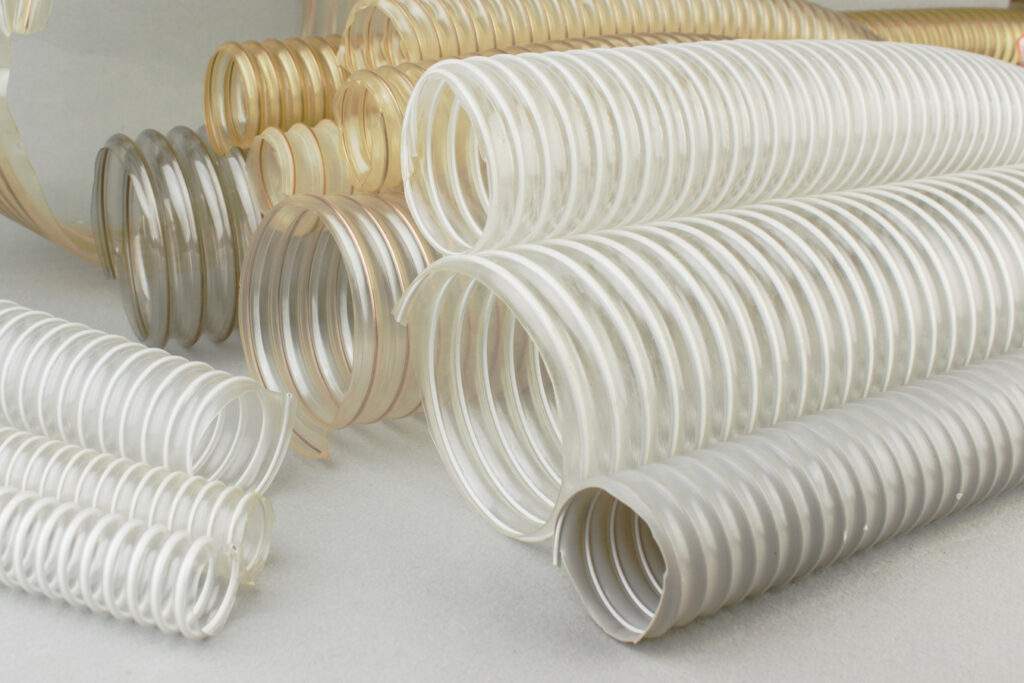You’re in the middle of a project, and suddenly you realize the hose you’re using isn’t cutting it. Frustrating, isn’t it? You’ve invested time, money, and effort, only to find out you’ve got the wrong tool. Don’t worry; I’ve been there too. That’s why I’ve put together this comprehensive guide to help you choose the best flexible hose for your specific needs.
So, grab a cup of coffee and let’s dive in. You’re about to make your hose selection process a whole lot easier.

What Factors Should You Consider When Selecting a Flexible Hose?
When it comes to selecting a flexible hose, there are several factors you should consider. Material, diameter, length, and flexibility are just a few. According useage , the material alone can affect the hose’s durability and application.

Does Material Really Matter?
Absolutely, yes! Material is the backbone of your hose. Whether it’s corrugated hose, vacuum hose, or garden hose, the material dictates its performance. For instance, our top-quality plastic hoses at Forocks are customizable and come with various properties. Trust me, material is not a corner you want to cut.
How Important is Diameter?
Diameter is another crucial factor. A hose with the wrong diameter can lead to reduced flow rates and inefficiencies. According to experience, a hose’s diameter should be directly proportional to your project’s requirements.

What About Length?
You might think, “The longer, the better,” but that’s not always the case. Extra length can lead to reduced pressure and is often harder to store. I suggests that you should aim for a hose that’s just right for your needs—not too long, not too short.
Can Hose Flexibility Be Overlooked?
No way! Flexibility is the essence of a “flexible” hose. It needs to bend without breaking and should withstand twists and turns. At Forocks, we’ve engineered hoses that offer optimal flexibility without compromising on durability.

What About the Price Tag?
Ah, the million-dollar question! While it’s tempting to go for the cheapest option, remember that you get what you pay for. Quality should never be compromised for cost. Investing in a high-quality hose can save you money in the long run.
Which flexible hose is the best?
Actually “best choice” is depend on application. For example, after extensive research and testing, the answer is clear: Polyurethane (PU) hoses are the best choice for industrial applications like woodworking, dust collection, and factory ventilation. PU hoses are incredibly durable, more environmentally friendly compared to other materials.
Any defect for PU hose? Yes, more expensive than other material.

Conclusion
Choosing the right flexible hose is not just about picking the first one you see on the shelf. It’s about understanding your needs and matching them with the hose’s features. Material, diameter, length, flexibility, price, and certifications—all these factors play a crucial role. So the next time you’re in the market for a flexible hose, remember this guide and make an informed decision.
That’s it, folks! Happy hosing!


